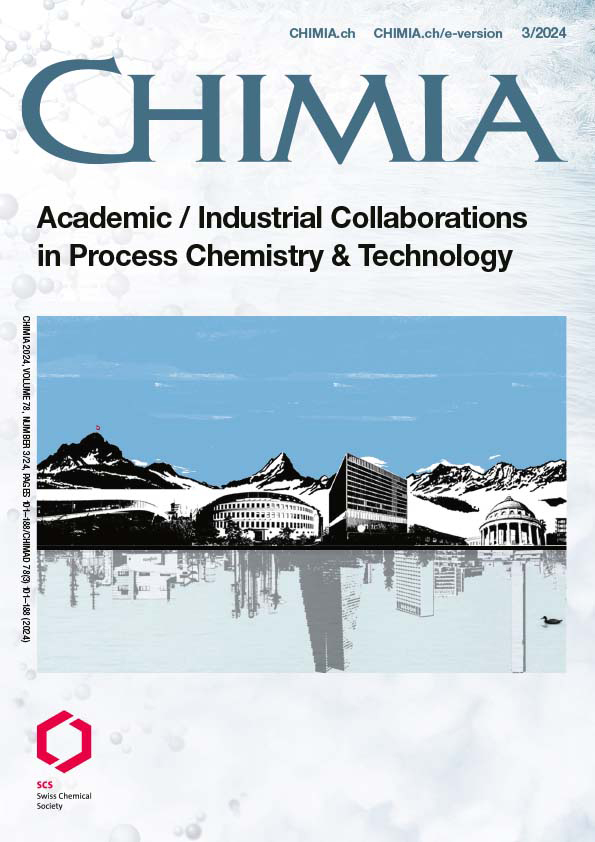Modeling-based Approach Towards Quality by Design for a Telescoped Process
DOI:
https://doi.org/10.2533/chimia.2024.135PMID:
38547015Keywords:
Continuous process improvement, Kinetic modeling, Quality by design (QbD)Abstract
A telescoped, two-step synthesis was investigated by applying Quality by Design principles. A kinetic model consisting of 12 individual reactions was successfully established to describe the synthesis and side reactions. The resulting model predicts the effects of changes in process parameters on total yield and quality. Contour plots were created by varying process parameters and displaying the model predicted process response. The areas in which the process response fulfils predetermined quality requirements are called design spaces. New ranges for process parameters were explored within these design spaces. New conditions were found that increased the robustness of the process and allowed for a considerable reduction of the used amounts of a reagent. Further optimizations, based on the newly generated knowledge, are expected. Improvements can either be direct process improvements or enhancements to control strategies. The developed strategies can also be applied to other processes, enhancing upcoming and preexisting research and development efforts.
Downloads
Published
Issue
Section
License
Copyright (c) 2024 This Zahnd, Maja Kandziora, Michael K. Levis, Andreas Zogg

This work is licensed under a Creative Commons Attribution 4.0 International License.







